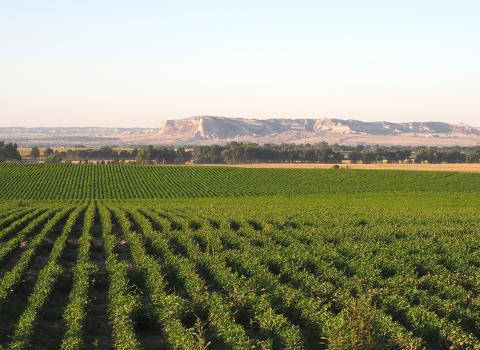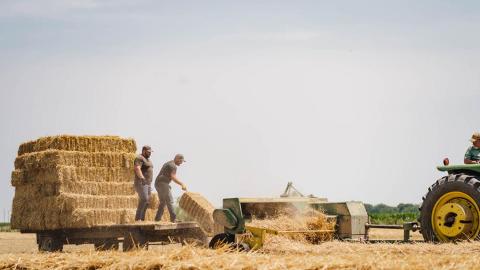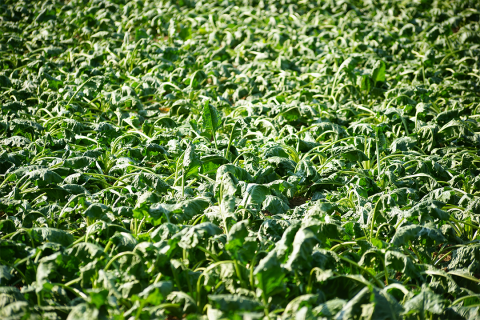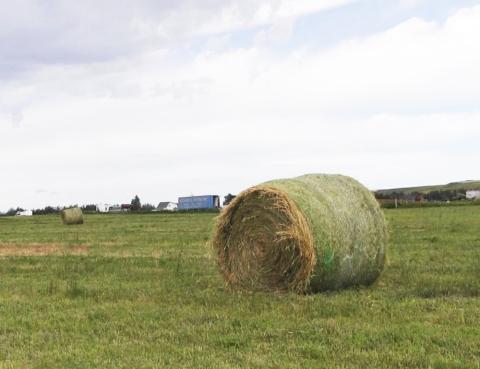2024 Nebraska Custom Rates: What to Charge?
June 20, 2024
This article reviews the 2024 Nebraska Custom Rates Report, a comprehensive resource that serves as an essential guide for those offering and seeking custom agricultural services.
Nebraska Extension Offers Dual Meetings on Agriculture Drones in August 2024
June 20, 2024
Two back-to-back drone conferences in August will give producers the opportunity to see live demos and hear important information about regulations, spray drone applications and more.
Degree-days for Prediction of Western Bean Cutworm Flight in 2024
June 19, 2024
Measuring the amount of heat between an upper and lower threshold to which an insect has been exposed, degree-days models can provide a high level of precision in predicting western bean cutworm peak flight.
Part 107 Remote Pilot Exam Prep Course Continues Throughout the Summer
June 19, 2024
There are four remaining sessions for Nebraska Extension's summer drone pilot test prep course, which prepares producers to pass the FAA exam and earn a remote pilot certification.
Excessive Heat Can Affect Plant’s Crop Water Use
June 18, 2024
Nebraska Extension Educator Gary Stone discusses crop water use and wilting as temperatures rise with the arrival of summer.
Staying Current on Forage Prices
June 18, 2024
There are several resources that Nebraska producers can use to stay up to date on current hay prices. Use these sites to stay informed throughout the forage production season.

Crop Progress: Dry Bean Planting on Track to End Early
June 17, 2024
With just 6% of the crop remaining, dry edible bean planting is significantly ahead of last year's pace. Sorghum planting was down to 8% left, as of June 16.
Weekly Weather Outlook and Update: June 13, 2024
June 14, 2024
Next week will bring more severe weather to Nebraska, with chances of up to six inches of rain for the central and northeastern regions. Precipitation may also lead to flooding across the eastern half of the state.








